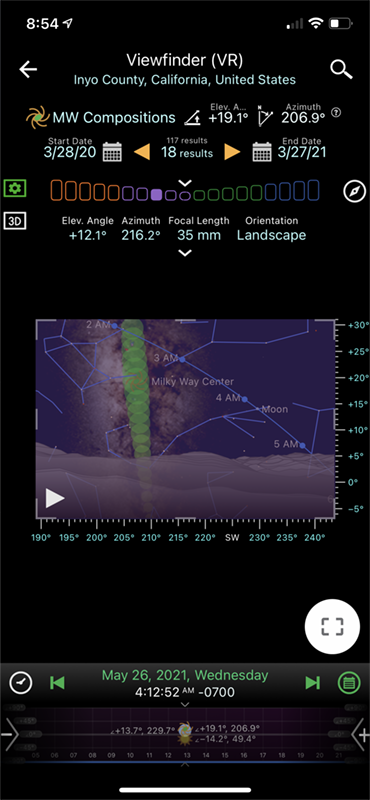Mike Shaw 2025 Night Photography Workshops
Mike Shaw 2024 Night Photography Workshops
Private Lessons
PlanIt Pro Tutorials
Video How-To Guides
Webinars
Presentations
Dr. Nightscape's Blog
Beginner's Guide to Astrophotography
Complete Guide to Landscape Astrophotography
Creative Nightscapes
Publications




